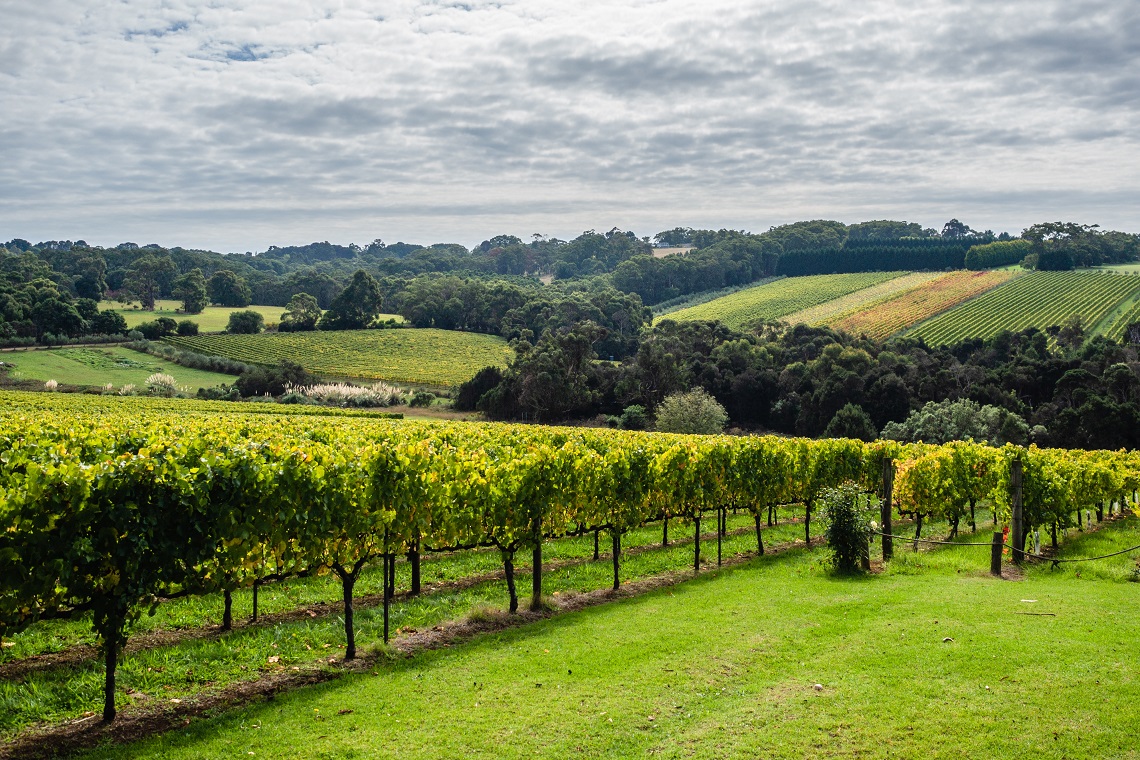A new book available for free online is helping winegrape growers around the world understand and navigate global markets and the impacts of climate change.
Which Winegrape Varieties are Grown Where? A Global Empirical Picture is an update of a 2013 edition, showing snapshots from 1990 to 2016 of vineyards around the world, with more than 1700 prime grape varieties across over 700 wine regions.
The updated edition also shows data on the climate in each region, giving growers insights about varietals that grow well in similar climates, so they can predict and plan for the future of their vineyards and businesses.
Co-author of the book and Executive Director of the University of Adeliade’s Wine Economics Research Centre, Professor Emeritus Kym Anderson, said the data and insights presented by the book are invaluable tools for the future and business of wine.
“This book will help growers and winemakers to identify varieties that have been successful elsewhere in similar climatic conditions, and thus help them plan with more certainty,” Professor Anderson said.
“Understanding the predicted climatic changes in your region, and then being able to identify grape varieties that do well under those conditions, can be a game changer.”
It’s also been described as incredibly beneficial by Dr Liz Waters, General Manager Research, Development and Adoption at Wine Australia, which supported the book’s creation.
“Applicable and accurate data are enormously important for the wine sector to understand patterns of change so that we can plan effectively for a profitable future,” Dr Waters said.
“This updated edition is an invaluable resource that not only assists our sector to see the developments in production on a local and global scale, but also to analyse the changes in comparable regions.”
Professor Anderson added: “When planning or re-planting a vineyard, a wine grower’s choice of winegrape variety depends on expectations about production costs and marketability in 10–30 years’ time. Costs can depend on how their region’s climate will change, and marketability depends on the variety’s popularity – or perhaps its market novelty.
“Climate change brings unpredictability. A region’s growing conditions – access to water and regional temperatures – are likely to change as the globe’s climate systems alter. Selecting grapes that will be able to withstand these challenges, and still thrive in the market many years’ from vineyard replanting is difficult.”
Another exciting element of the book is how it reveals how exotic each country’s vineyards are, and the spread of their native varieties across the world. This data shows that plantings may have become more international in recent decades, but the extent of varietal diversity both nationally and globally has shrunk. For example, 21 prime varieties accounted for half the world’s plantings, whereas by 2016, that dropped to only 16 varieties.
According to the book, French prime varieties nearly doubled between 1990 and 2016, while shares of Italian and Spanish varieties globally each fell by around a third. Varieties that have seen incredible rapid growth include Cabernet Sauvignon, Merlot, Chardonnay and Syrah/Shiraz.
“For winemakers interested in looking to establish a unique proposition with one of the rarer grapes, there is plenty of opportunity to do so,” Professor Anderson said.
“This is so because national wine markets are so much more open now than three decades ago. As a result, wine consumers have never had such a wide range to choose from, even if the range of varieties from local producers has narrowed.”
You can access Which Winegrape Varieties are Grown Where? A Global Empirical Picture (2nd Ed) by Kym Anderson and Signe Nelgen for free on the University of Adelaide Press website and physical copies will be available to purchase later this month.

